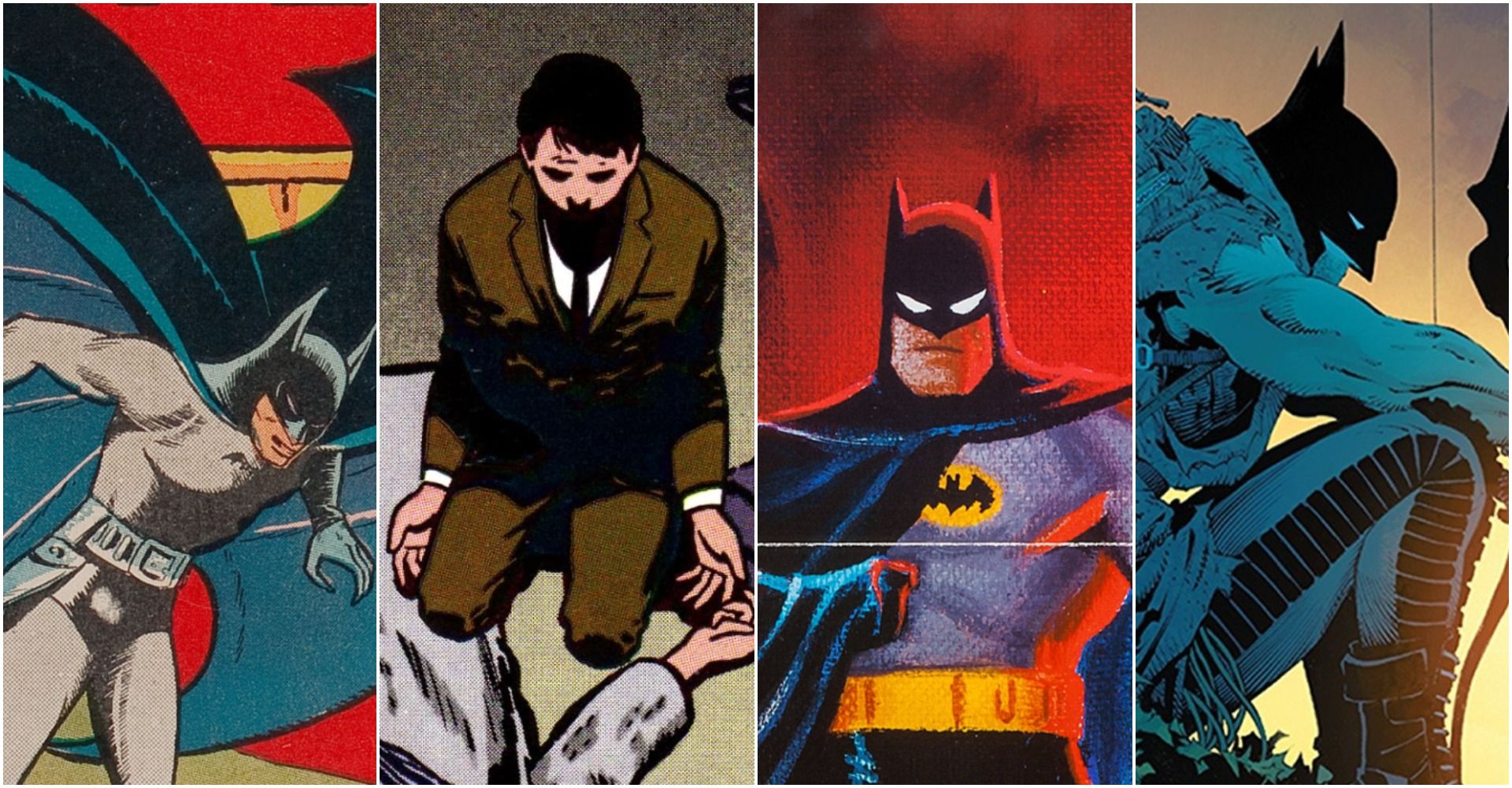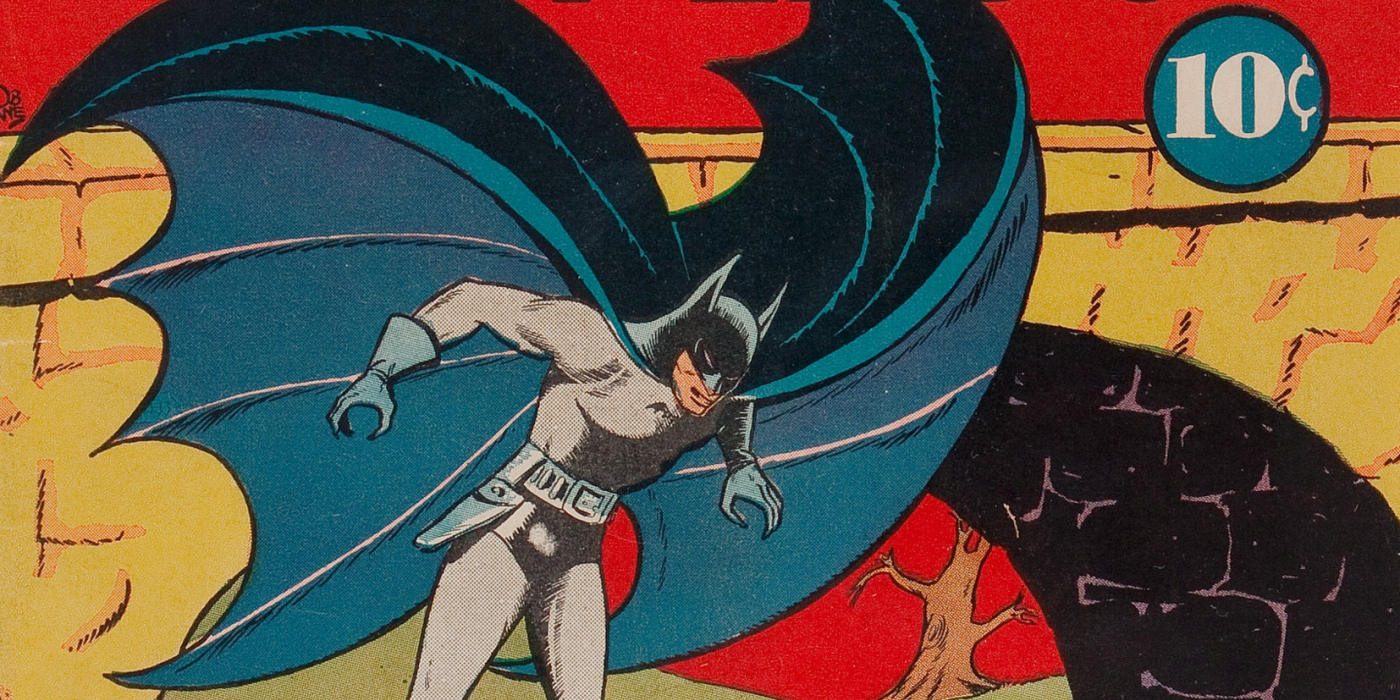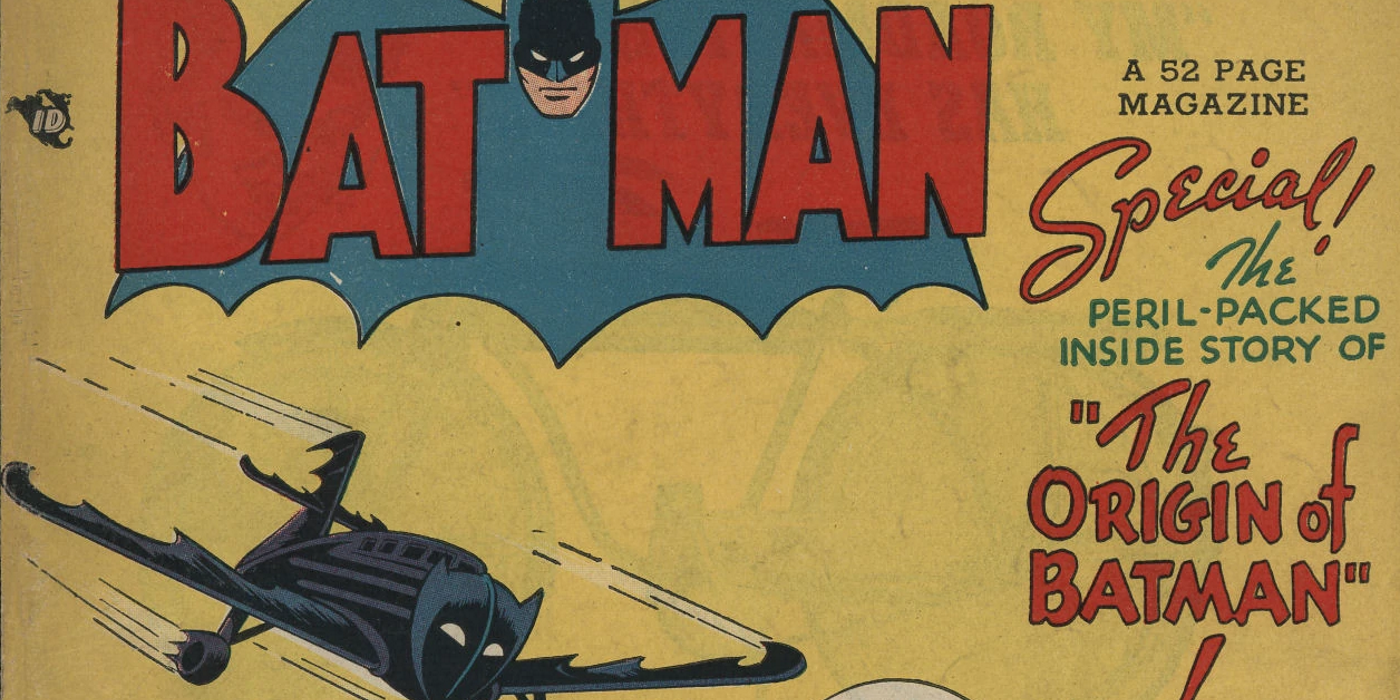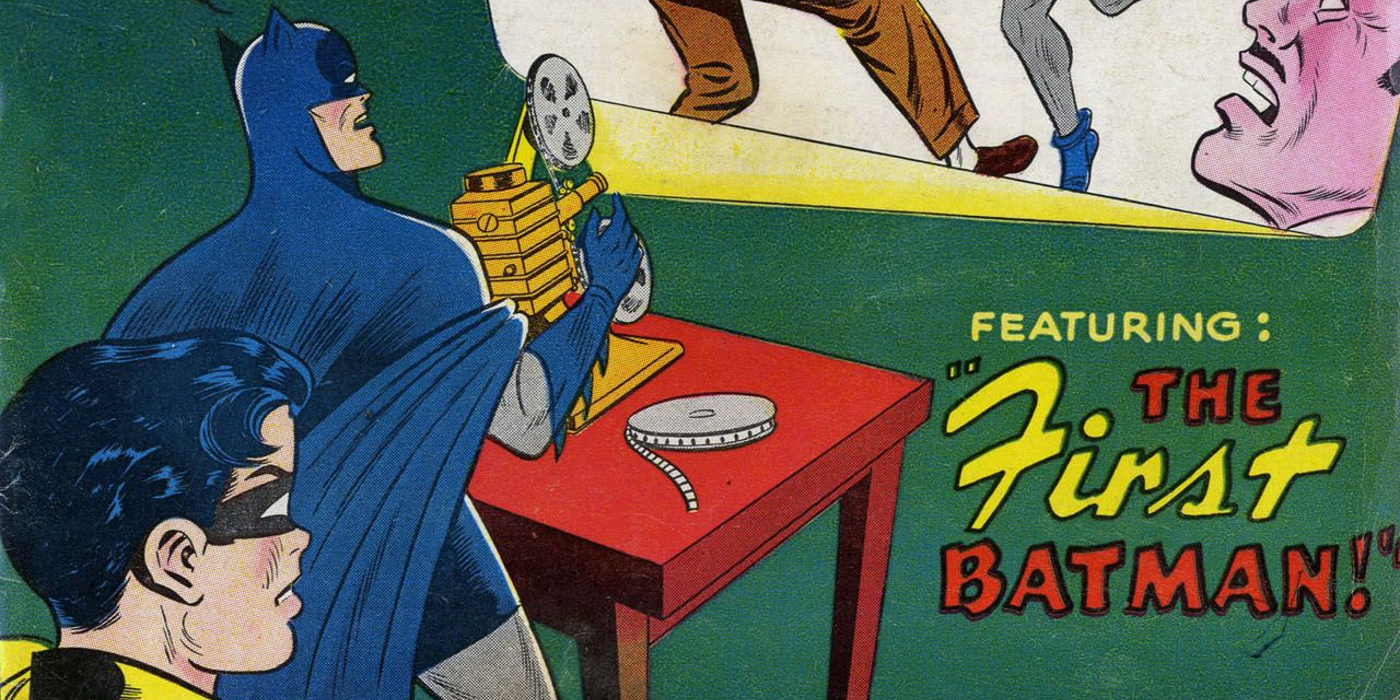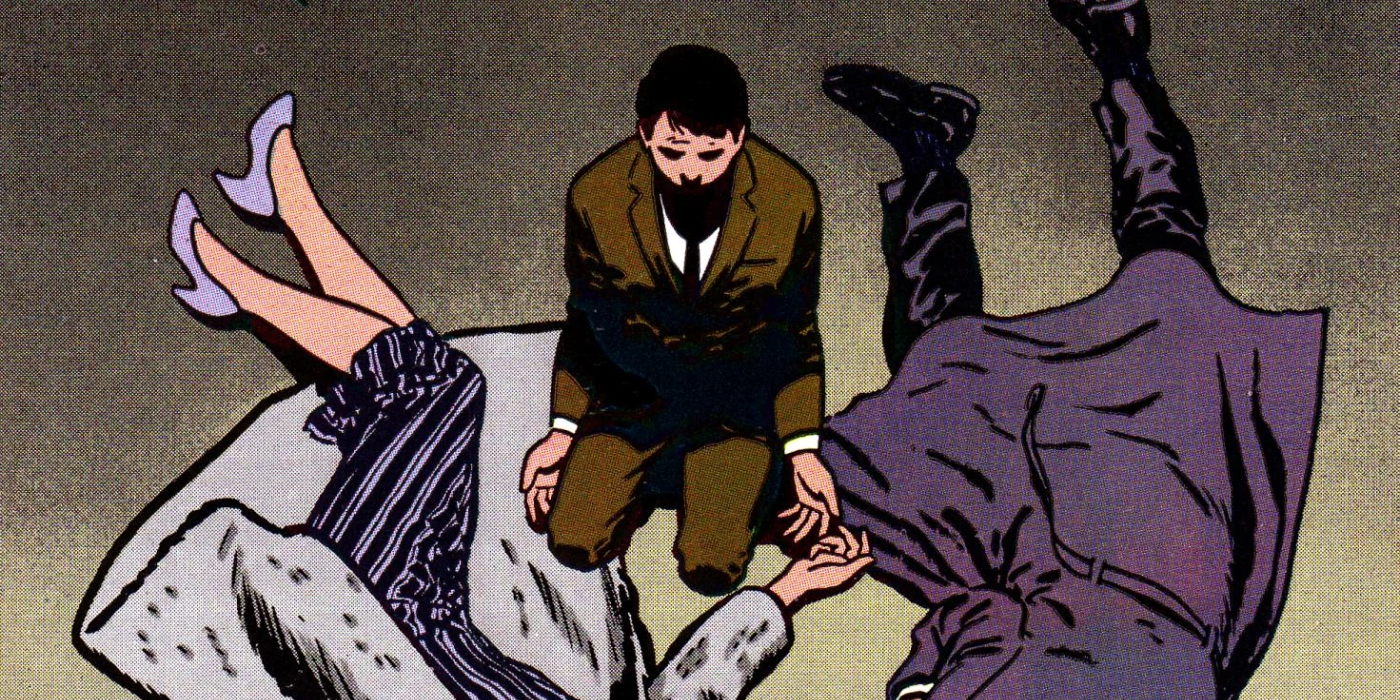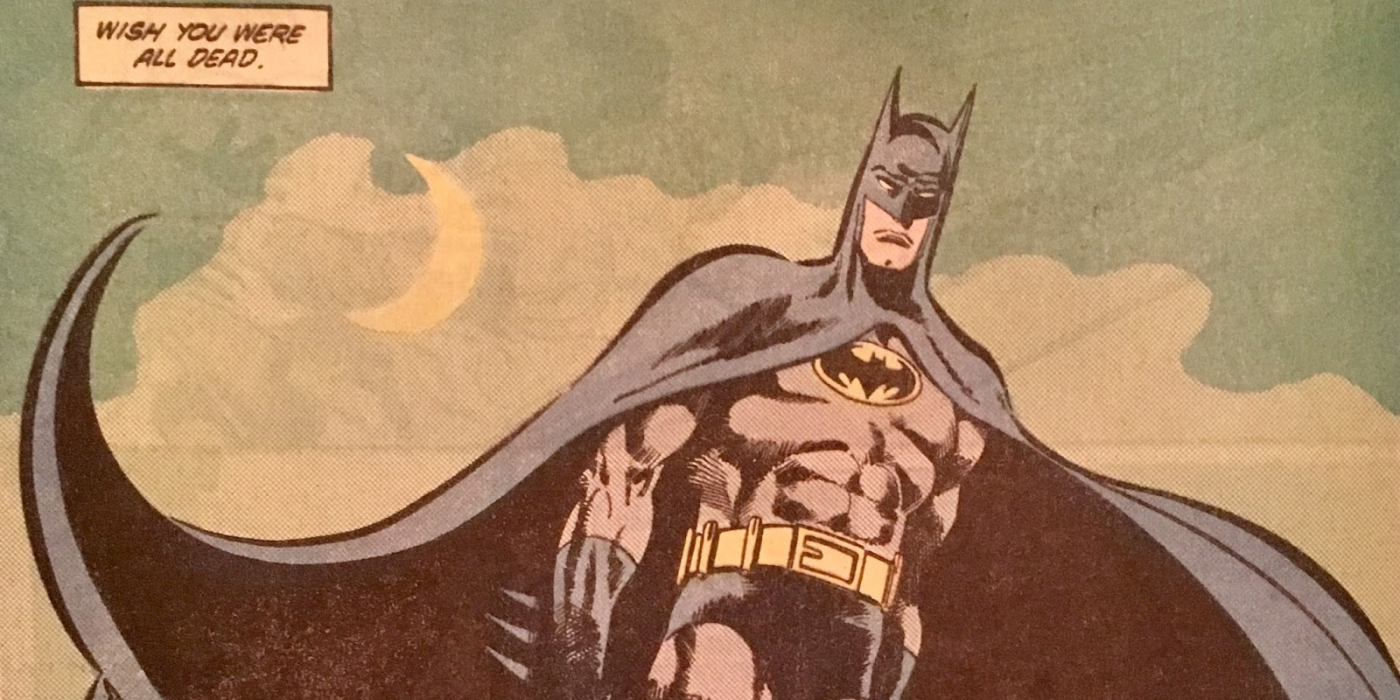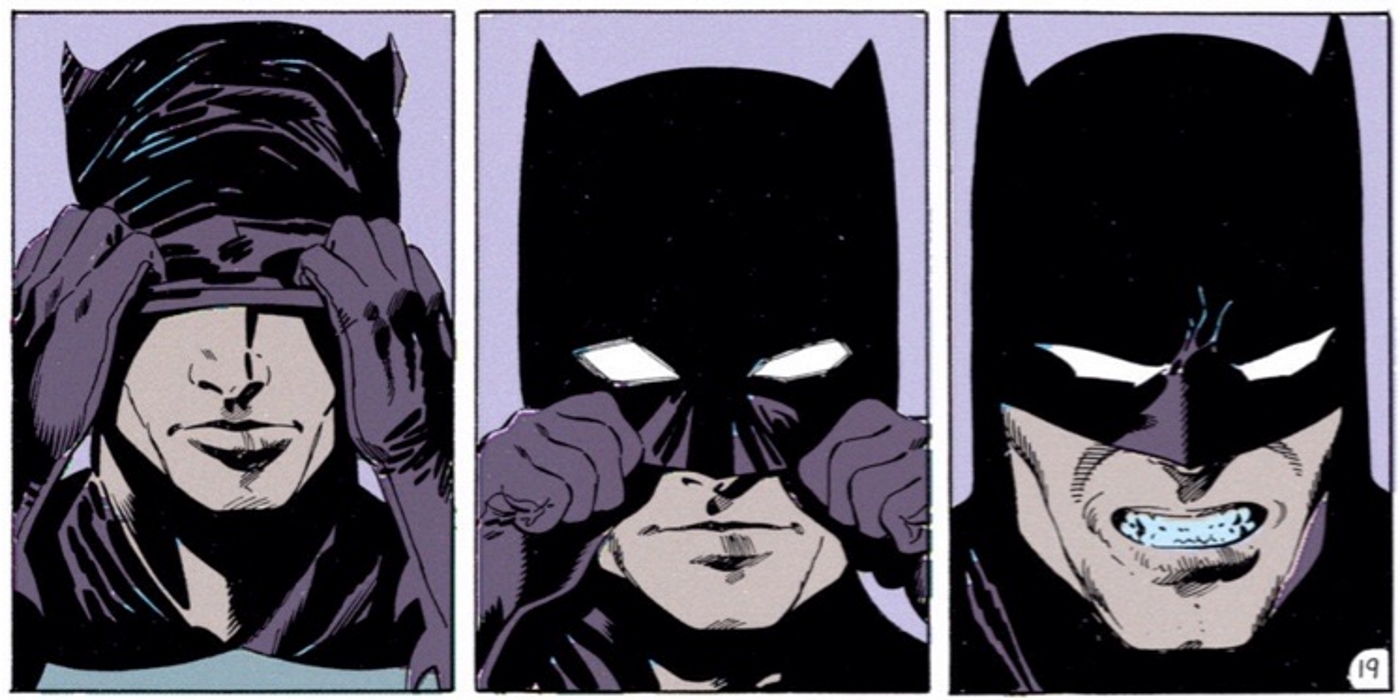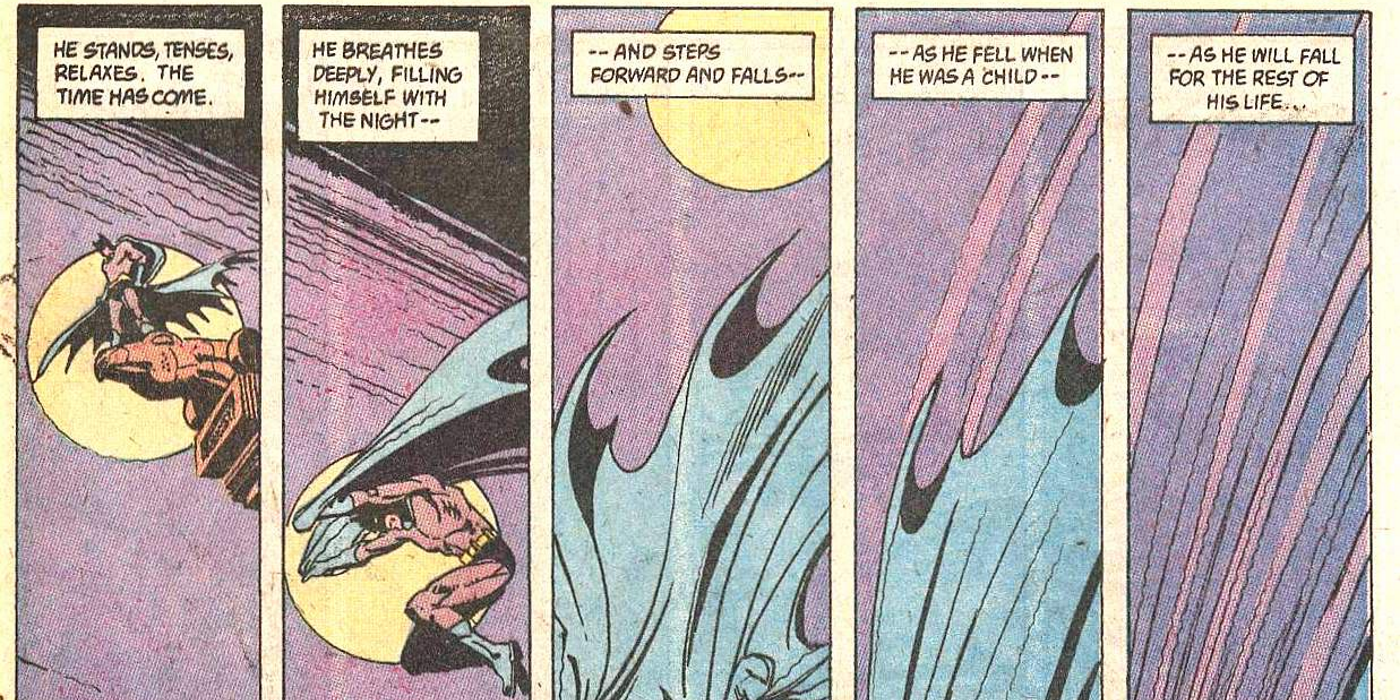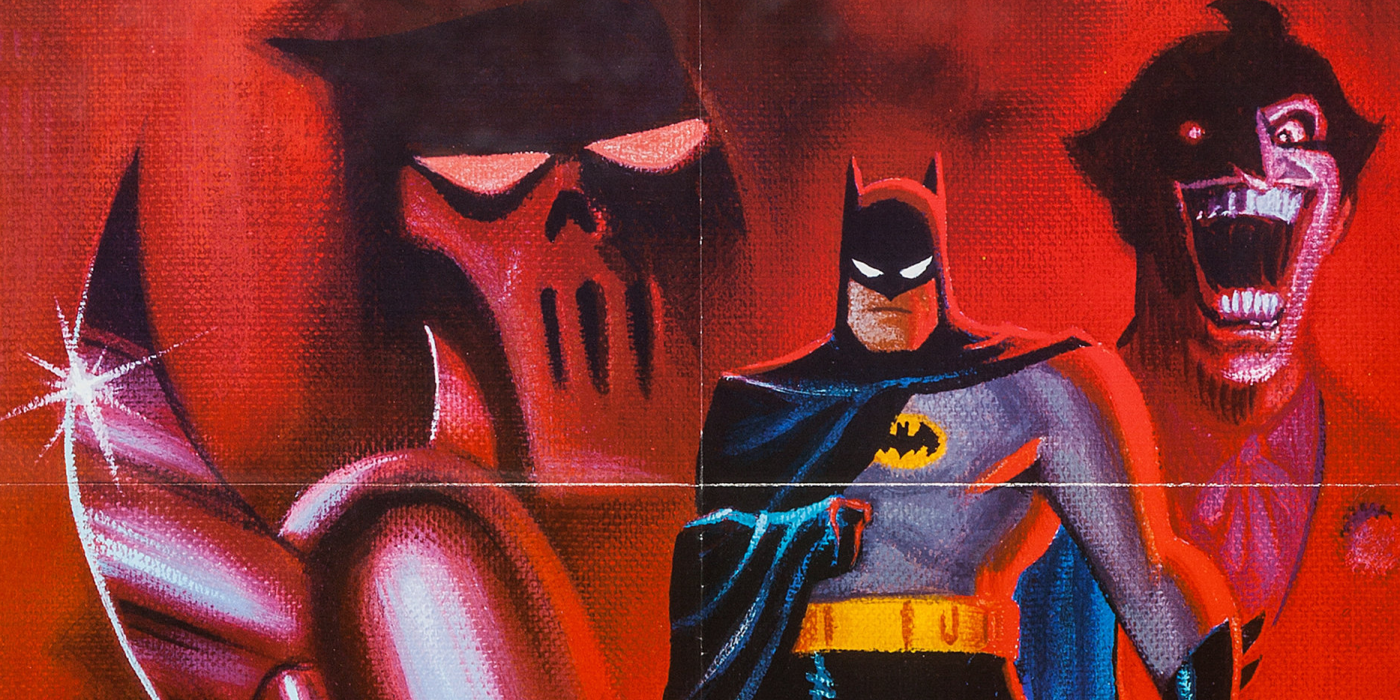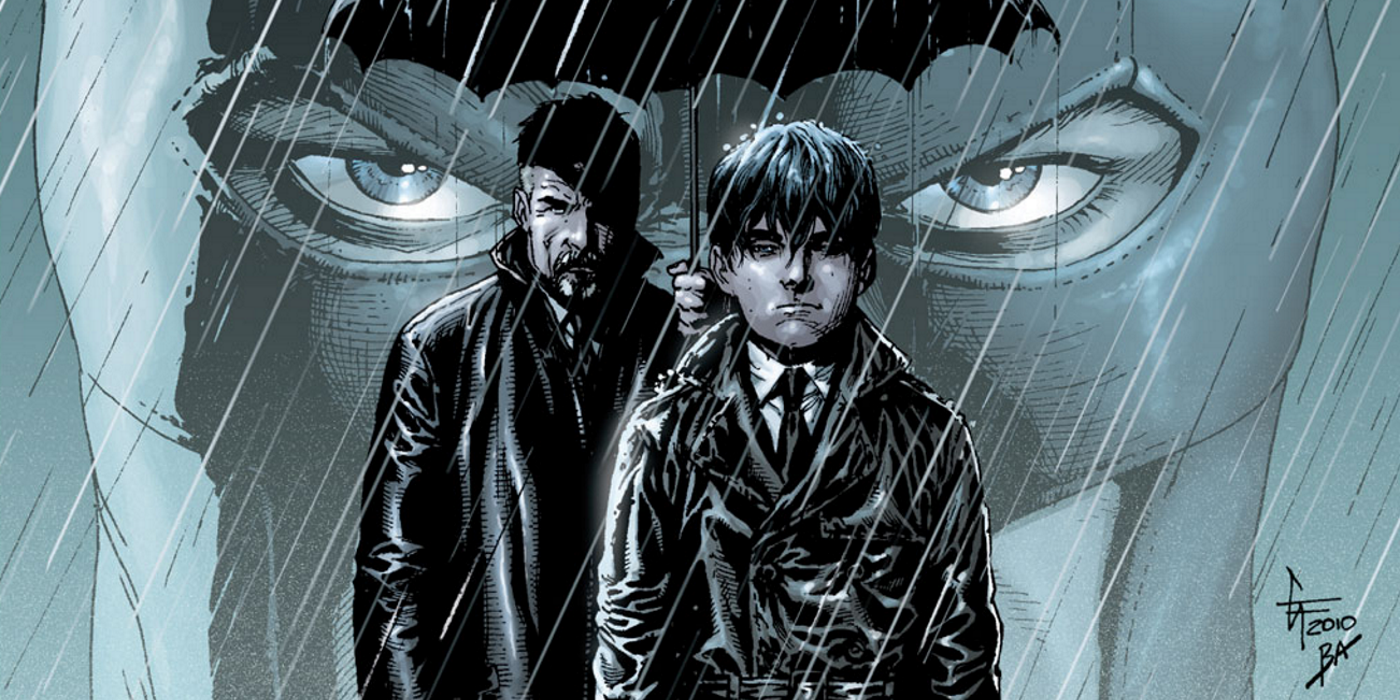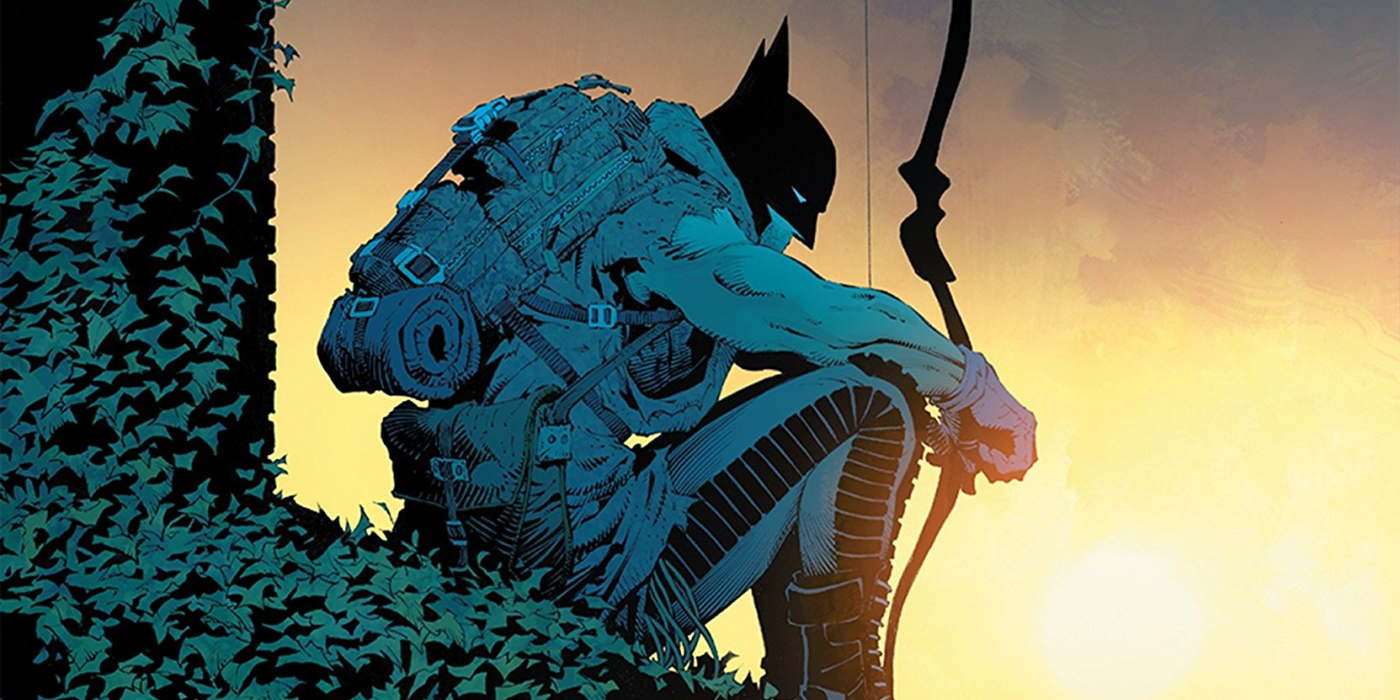Throughout the years, Bruce Wayne has had a number of different backstories that lead to him becoming the famous — or infamous, as the case may be — Batman. There are several consistencies throughout his many backstories.
For example, Bruce’s parents are always taken down right in front of him, usually by some sort of mugger and typically after a performance or movie of some sort. Even in the movies, this backstory remains fairly similar. However, there are enough variants on this backstory to make for several interesting deep dives into Bruce Wayne’s psyche.
10 Detective Comics #33 (Nov 1939)
In Batman’s very first story, published in November of 1939, young Bruce is walking home from a movie with his parents when a mugger attempts to grab his mother’s necklace. The mugger ends up shooting both of Bruce’s parents, leaving only Bruce alive. The child Bruce Wayne then makes a vow to avenge his parents for the rest of his life by dedicating himself to fighting criminals like the one who killed them. This first Bruce is simple and to the point, but he is the most important because he establishes the basic storyline that every Batman afterwards will use.
9 Batman #47 (1948)
Nine years after Bruce Wayne’s first origin story was published, the Caped Crusader found himself with a second origin, slightly more expanded than the first. This time, Batman and Robin are investigating a crime that ends up being related to Joe Chill, the man who shot his father and caused his mother to die of shock.
In this variant, Bruce swears at his parents’ graves that he’ll always fight crime. In this story, Bruce actually ends up revealing his identity to Joe Chill, right before Chill is killed by his own men, Bruce’s secret dying with him.
8 Detective Comics #235 (September 1956)
After Joe Chill had been established by Batman #47 in 1948, DC writers decided that it wasn’t interesting enough for just Joe Chill, random mugger, to have killed the Waynes. In September of 1956, during DC's Silver Age, Detective Comics #235 has the Wayne murder case being reopened, despite it supposedly being closed after Joe Chill’s death. After discovering an old Batman-esque costume in the attic of Wayne Manor, supposedly having belonged to his father before him, Bruce realizes Joe Chill was actually hired to kill his parents – and so the man actually responsible for killing his parents was still out there, waiting to be found.
7 Batman: Year One (Feb — May 1987)
As the years go on, the landscape of comics changes, and stories that once took up only an issue or two would now take up entire story arcs. In 1987, the Batman story arc Batman: Year One was released, written by Frank Miller and illustrated by David Mazzucchelli. This arc was actually one of the first examples of such, also described as a “limited series within a series,” which comic book readers know and love today. In this story, told mostly from Jim Gordon’s point of view, Bruce is inspired to become Batman following his parents’ death, years of training, and— specifically— after a bat crashes into his home and perches on a statue of his father.
6 Batman #430 (January 1989)
In this dark twist on Batman’s origin, Bruce feels even more guilt over his parents’ death than in the average Batman comic. Here, Batman flashes back to when he was a child, right before his parents’ death. A young Bruce is persistent in trying to spend time with his father, causing Thomas Wayne to strike his son.
Though he immediately regrets his act, Bruce runs to his mother and shouts, “I wish he was dead!” Of course, when Thomas takes the family to the movies later to apologize & the Waynes are killed outside the theater, Bruce feels immense guilt that drives him to become Batman.
5 Batman: Shaman (1989 — 1990)
Shaman has one of Batman's most unique training histories yet. After the death of his parents, young Bruce will often travel to gain special skills around the world. In this specific story, Bruce Wayne is badly injured in the Alaskan wilderness before being rescued by a shaman from the local Native American tribe. The shaman heals Bruce by telling him the story of an ancient bat, important to his culture. Bruce, apparently, has the mark of the bat. Though told not to tell anyone this story, Bruce does anyways, and ends up partially destroying their culture as a result.
4 The Man Who Falls (1989)
The same year that Batman #430 and the beginning of Batman: Shaman were published, The Man Who Falls was released, written by Dennis O'Neil with art by Dick Giordano. This specific original story was meant to combine different Batman origin stories — including his origins from Detective Comics #33, Batman: Year One, and Batman: Shaman — into one tome.
In The Man Who Falls, a young Bruce falls into a literal bat cave, prompting him to ask his mother if he’d gone to Hell. The comic smash-cuts to the Waynes’ dead bodies and Bruce between them before going on to show readers Bruce’s physical and mental training on his quest to become the Batman he must inevitably become.
3 Mask Of The Phantasm (January 1993)
Mask of the Phantasm is different from other Batman comics origins for multiple reasons, the first and foremost being that the comic storyline is an adaptation of the animated Batman film of the same name. All the same, these adaptations are beloved by fans of Batman, are often accepted as popular canon, and do feature a slightly different origin for him. After his parents are killed and Bruce has completed his training, he starts to date Andrea Beaumont. In fact, he gives up his plans for revenge in favor of marrying her, but Andrea turns him down, ultimately pushing Bruce to become the Batman.
2 Batman: Earth One #1 (July 4 2012 — ongoing)
With the beginning of Batman: Earth One comes one of Batman’s most complicated backstories yet, a deeply elaborate history for the young Bruce Wayne. At the age of eight, Bruce is the son of Dr. Thomas Wayne, candidate for mayor of Gotham City, and Martha Arkham-Wayne. Alfred is actually Thomas’ old war buddy and the head of security at Wayne Manor. On one of their nights at the movie theater, Bruce inadvertently draws attention to his family as being the Waynes, and a criminal shoots them in a robbery gone wrong, leaving Bruce in Alfred’s care. This incredibly specific history for Bruce continues through the rest of his origin, explaining why he becomes Batman bit by detailed bit.
1 Batman: Zero Year (June 2013 - July 2014)
As DC Comics began their universal revamp – the New 52 – writers Scott Snyder and James Tynion IV, together with artists Greg Capullo, Danny Miki, and Rafael Albuquerque, decided to attempt to refine Batman’s origin into one streamlined version. In this reboot, Bruce Wayne trains to become the Caped Crusader, returns to Gotham, and realizes he still can’t defeat the new criminals that have taken over his beloved city. This story introduces Bruce as a man just discovering his literal destiny and, like some of the child versions of himself before him, falling into a cave of bats, inspiring him to become none other than the Batman.

